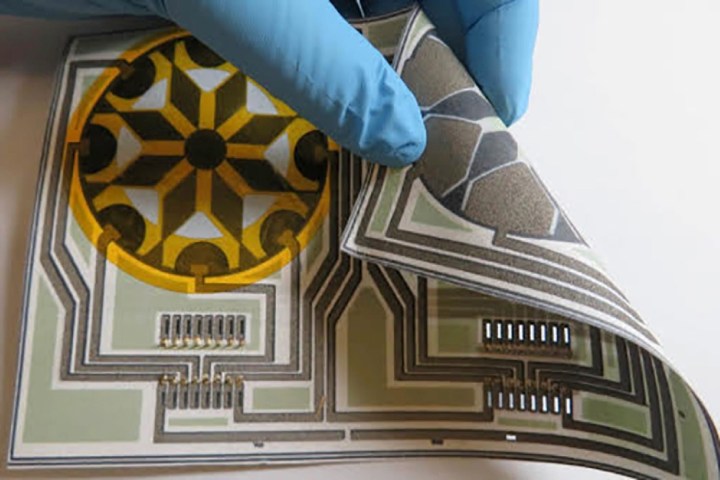
“[We have developed] a disposable, easy-to-use, and portable biobattery that can generate power from bacterial metabolism,” Professor Seokheun “Sean” Choi told Digital Trends. “This battery is ready to operate with human body fluids like saliva for on-demand power generation for other disposable low-power applications, such as biosensors. The battery includes specialized bacterial cells called exoelectrogens, which have the ability to harvest electrons externally to the outside electrode. For long-term storage, the bacterial cells are freeze-dried until use. This battery can be used even in challenging environmental conditions like desert areas. All you need is an organic matter — such as saliva — to rehydrate and activate the freeze-dried cells.”
This isn’t the first time we’ve written about the use of saliva in tech; we’ve discussed smart mouthguards and even smartphone apps designed to monitor health and diagnose infections through small saliva samples. But this is the first time we’ve written about saliva-powered batteries.
While we hope to never live in a world in which our fellow commuters start the day frantically spitting (or worse) onto their iPhones to charge them up, as Choi points out, this technology could be very useful in certain extreme settings.
Right now, the bacterial electricity produced isn’t close to enough to power a phone. Testing of the device by the team demonstrated that it can achieve a power density of several microwatts per square centimeter, meaning that it can currently power an LED light using a single drop of spit. That means the technology is more likely to find use in low-energy disposable diagnostic devices in developing countries. But that’s not to say the tech won’t expand in the future.
“We are improving the power to have more applications,” Choi said. “Folding or stacking paper batteries will connect them in series or parallel for further power enhancement.” This could allow the researchers to expand the power of the batteries from a few microwatts into hundreds, or conceivably more.
A paper describing the work was recently published in the journal Advanced Materials Technologies.


